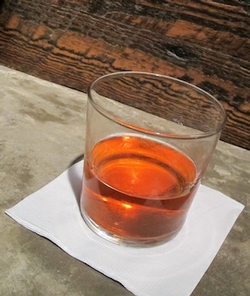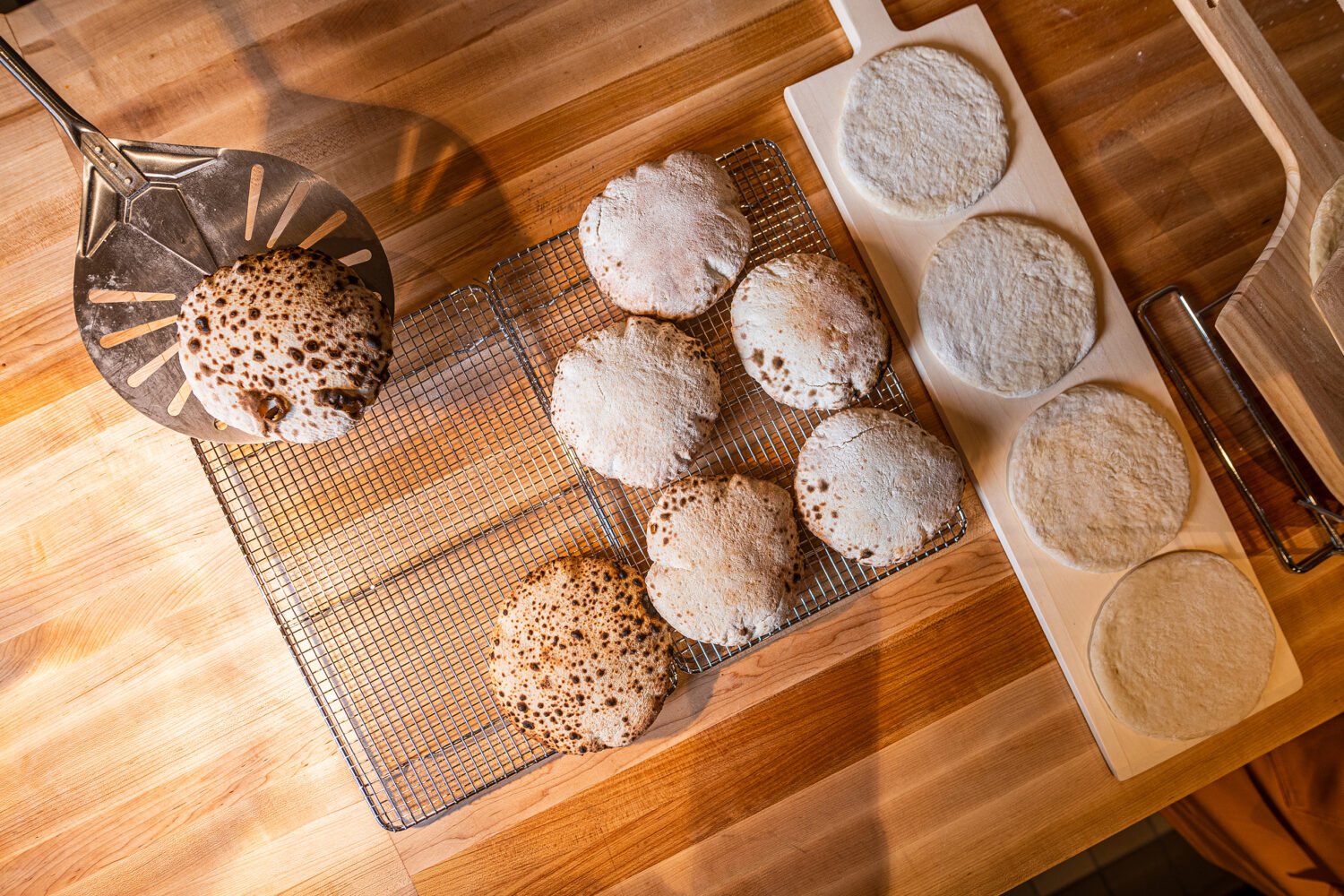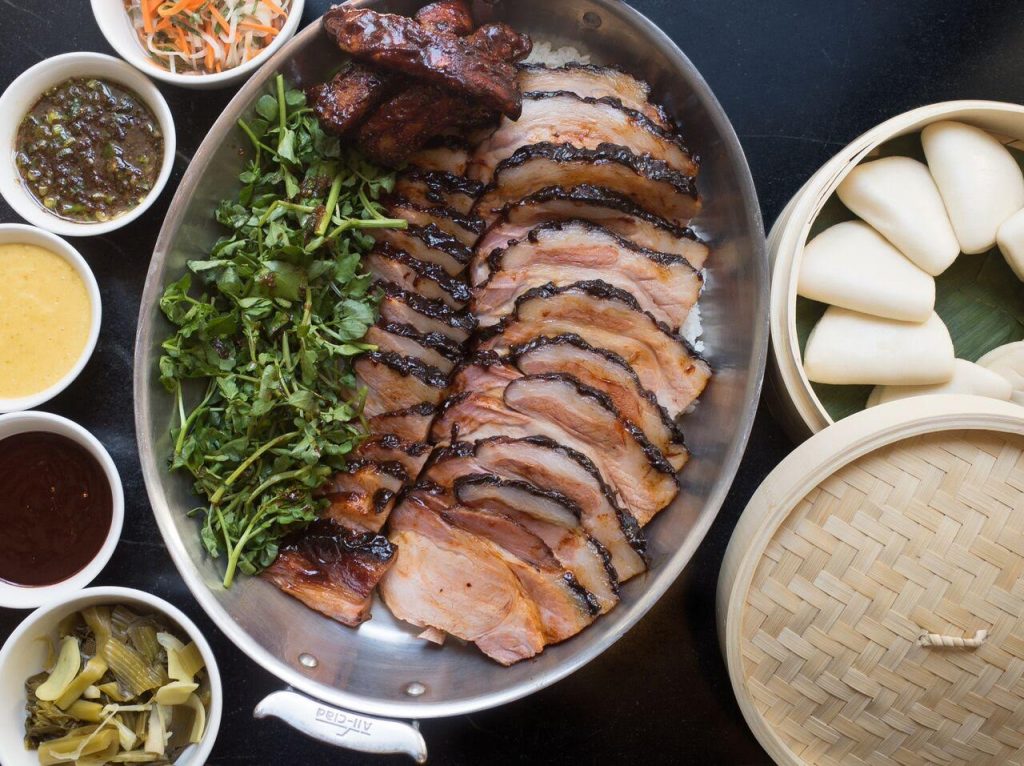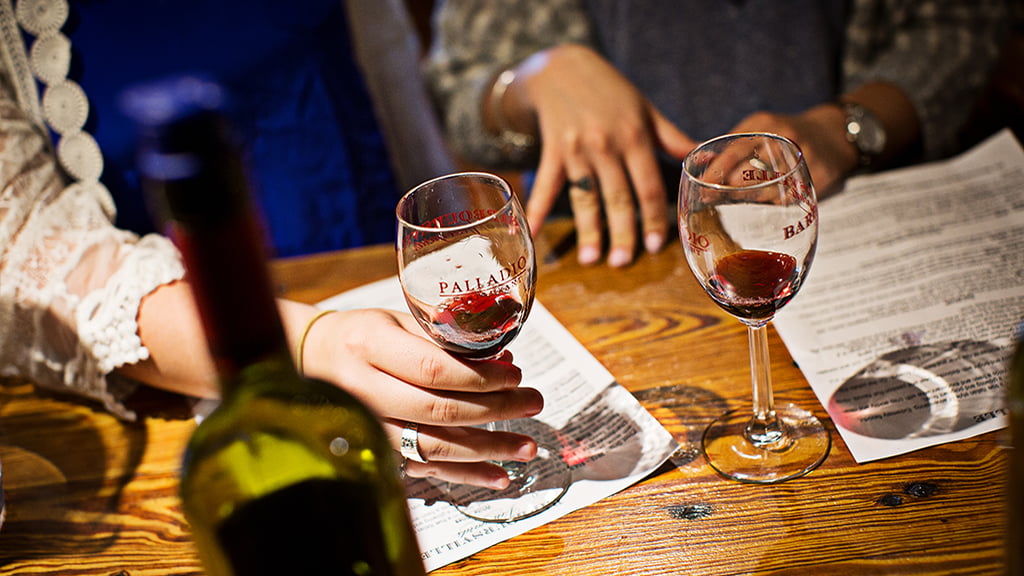
Although parties have been in full swing since last week, it’s officially Mardi Gras today. Restaurants everywhere have been marketing New Orleans-themed menus to pay tribute to the Big Easy, touting rémoulades, po’ boys, gumbos, and cocktails.
When it comes to booze, do yourself a favor and skip the Hurricane, typically served to tourists in oversize glasses. The smart money is on the more sophisticated Sazerac—and you don’t have to go to a Tuesday-night bead-fest to get one. Any bartender worth his or her weight knows how to make the whiskey-based cocktail, though some keep the mix in check better than others. To be honest, I’d never encountered the drink until ordering one on a whim ten days ago in the name of getting to know rye. It kicked off a Sazerac binge I paid for with more than money. Most were fine, one was cloying and sweet, and a few bordered on transcendent.
Typically fashioned with rye, a whisper of absinthe, and a healthy dose of Peychaud bitters—which hail from New Orleans—the Sazerac is as medicinal as it is masculine; the rich amber hue recalls over-the-counter bottled remedies. Nyquil metaphor aside, a well-made Sazerac is a rich and complex cocktail. A bright garnish of citrus oil from a freshly shaved lemon peel cuts the murky flavors.
At the Tabard Inn, Chantal Tseng spins a chilled Old Fashioned glass, doctored with a dash of absinthe, in the air a few times, coating the sides before shaking out the excess. (For a video of Tseng making a Sazerac, click here.) It’s more subtle style than flashy flare, and it’s old school: The move invokes the bartenders who mixed Sazeracs in New Orleans more than 150 years ago. The building that houses the inn is almost as old; I feel like I’m drinking history, and that appeals to me.
As hard as I try to hang onto the past, it’s impossible to deny the allure of variation. And that’s exactly what I get from Proof’s Adam Bernbach. He bends the traditional recipe with a dash of Angostura bitters (in addition to Peychaud) and uses the back of a bar spoon to crown his drink with a nip of Maison Surrenne cognac. Those two ingredients play off each other, drawing on notes of oak from the brandy and baking spices from the Angostura. The drink is new yet still resonates with tradition.
While chilling the concoction over ice, Bernbach describes the tasting notes of a few rye whiskeys, both for mixing at the bar and drinking at home. For my Sazerac, he’s chosen Old Overholt for its hints of lemon and spice. That’s also his spirit of choice when he’s not on the clock. Noting that overanalyzing every nuance of a spirit can become tiresome, he tells me, “I don’t drink the same way that I taste.”
My Sazerac is warming a bit now, and the temperature change makes the aromatic bitters more prevalent. It’s incentive to take my time as I sip. Rush too many of these and I’ll end up as messy as the throngs on Bourbon Street.
Related:
The 5 Most Inventive Cocktails in Washington
Subscribe to Washingtonian
Follow Washingtonian on Twitter
Follow the Best Bites Bloggers on Twitter at twitter.com/bestbitesblog
More>> Best Bites Blog | Food & Dining | Restaurant Finder

















